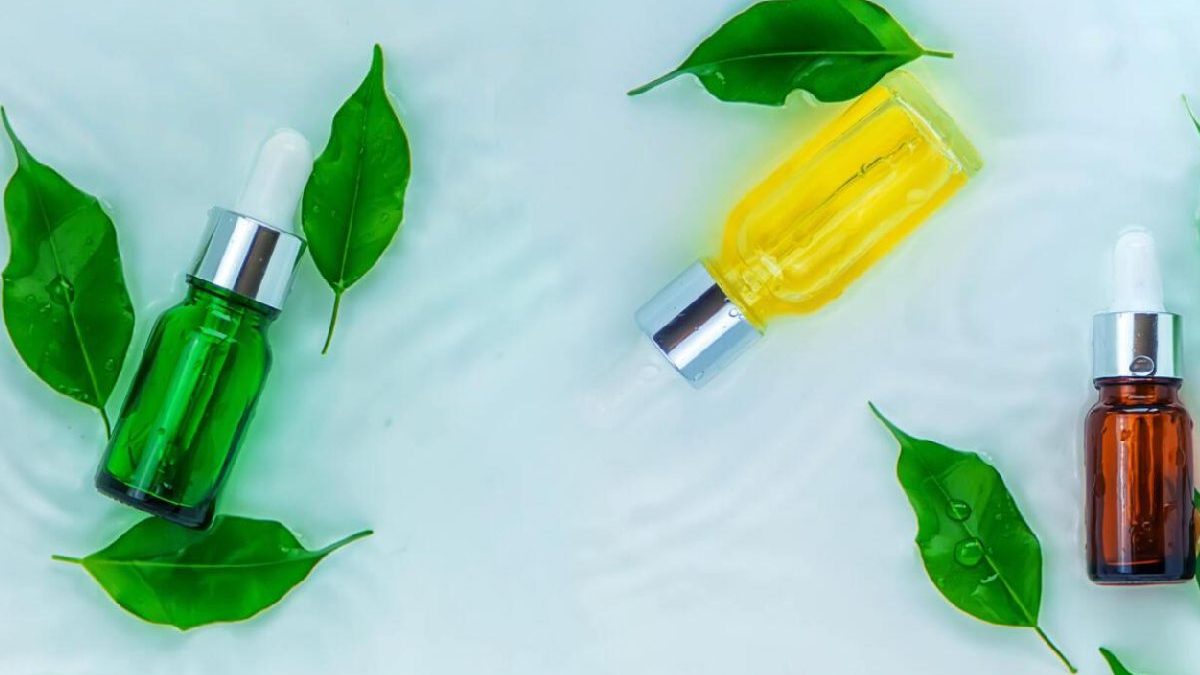Table of Contents
What are its Skin Benefits of it?
Tea tree oil promotes healthy skin by soothing and healing various skin issues. Take the following precautions when using tea tree oil:
Tea tree oil should not be applied directly to the skin. Instead, it’s critical to dilute the oil with a carrier oil like olive oil, coconut oil, or almond oil.
Add 12 drops of carrier oil for every 1 to 2 drops of tea tree oil.
Also, use caution when applying tea tree oil to the eyes. Exposure can cause skin irritation and redness.
Before using tea tree oil, perform a patch test to ensure that your skin does not react to the fat of the tea tree.
Eczema and dry skin
Tea tree oil can relieve itching and irritation in dry skin. It has also been shown to be more effective in treating eczema than zinc oxide and clobetasone butyrate creams.
A few drops of tea tree oil into a minor amount of moisturizer or carrier oil to use. Apply this mixture to the affected areas as soon as you get out of the shower and at least once more throughout the day.
Oily skin
Tea tree oil’s antiseptic properties may contribute to its ability to combat oily skin. A small 2016 study discovered that sunscreen containing tea tree oil for 30 days improved oiliness. Tea tree oil can be used with toner, moisturizer, or sunscreen. To make a mask, combine two drops of tea tree oil with bentonite clay.
Skin itch
Tea tree oil’s anti-inflammatory properties make it helpful in relieving the discomfort of itchy skin. In addition, it calms the skin and can aid in healing infections that cause itchy skin.
In a small 2012 study, tea tree oil effectively reduced itchy eyelids. The participants’ eyelids were massaged with a 5-percent tea tree oil ointment. Sixteen of the twenty-four participants eliminated their itching. The other eight people made some progress.
Apply a few drops of tea tree oil to your skin several times daily with a moisturizer or carrier oil.
Inflammation
Tea tree oil’s anti-inflammatory properties assist in soothing and relieving painful and irritated skin. It might also aid in the reduction of redness and swelling.
According to research, tree oil reduces inflamed skin caused by nickel sensitivity. Although this study used pure tea tree oil on the skin, it is usually recommended that tea tree oil be diluted with a carrier oil before applying it to the skin. For example, a single drop of tea tree oil towards a carrier oil or moisturizer and massage it into the affected area several times daily.
Cuts, infections, then wound healing
Tea tree oil’s antibacterial properties type it an effective wound healer.
Likewise to a 2013 study, tea tree oil aids in the healing of bacterial wounds. However, compared to conventional treatment alone, nine of ten people who used tea tree oil in addition to traditional therapy had a shorter healing time.
Apply one drop of tea tree oil with a wound ointment cream as directed throughout the day.
Treatment for the hair and scalp

Tea tree oil can remain used to treat dandruff by cleaning the scalp of chemicals and dead skin cells. In addition, tea tree oil can help your hair stay healthy and moisturized, promoting optimal growing.
How to Apply:
Apply a tea tree oil and carrier oil mix to your hair and scalp. Allow it to sit for 20 minutes in your hair. Then, use a tea tree oil shampoo containing 5% tea tree oil. Before rinsing, massage it into your scalp and hair for a few minutes. After that, apply a tea tree oil conditioner.
Also read: 140 c to f – Calculation, Formulas, And More.

